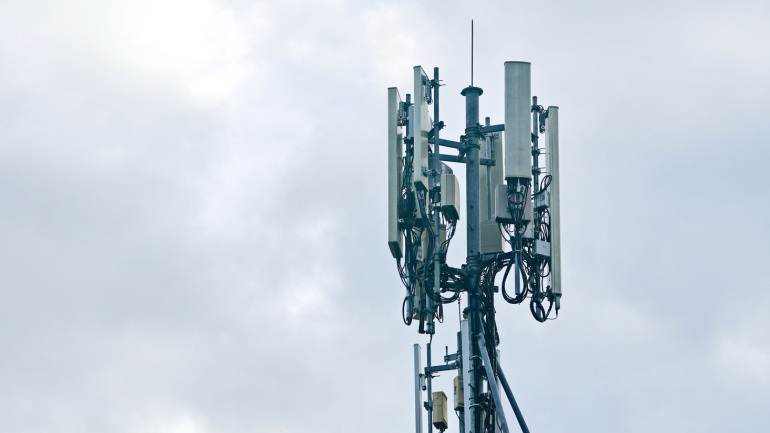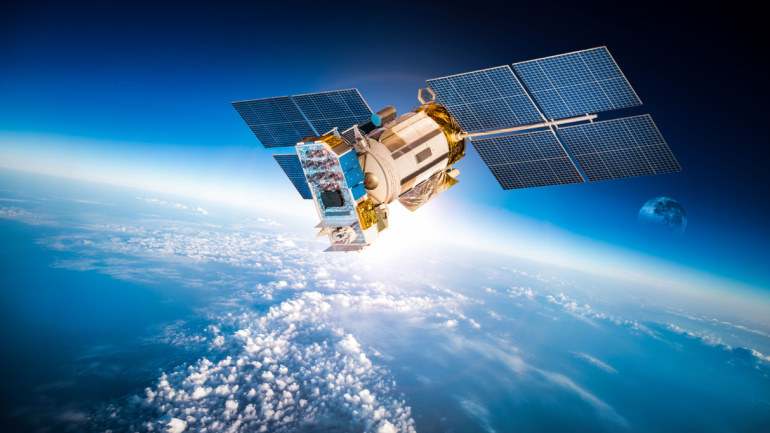In an ambitious move following its planned merger with Three UK, Vodafone has announced a significant enhancement of its network capabilities across Scotland, targeting a comprehensive deployment of 5G Standalone (SA) technology. By 2034, the telecom giant aims to cover 89% of Scotland with this advanced network, promising a substantial boost in national productivity valued at approximately £9 billion by the end of the decade.
In a significant stride towards eradicating mobile signal blackspots, rural Wales welcomed the activation of the first among 86 planned 4G mast upgrades. This development is part of the ambitious Shared Rural Network initiative, aimed at bolstering mobile coverage in the UK’s rural and remote locales.
EE has made impressive progress in enhancing 4G coverage across rural North Yorkshire, overhauling more than 40 masts in two years. This improvement, part of the £1 billion Shared Rural Network initiative, is shrinking the digital divide, bringing transformative changes to local businesses, residents and even emergency services.
Travelers and businesses at Edinburgh Airport can expect notably improved 4G and 5G coverage, courtesy of telecom giant Vodafone. This upgrade not only means faster data speeds and better call quality, but could also pave the way for exciting new services such as digital passport controls and contactless check-in. Despite the complex infrastructure involved, Exchange Communications assures the ensuing benefits will outweigh the cost.
Telecom giants Vodafone and Orange are breaking new ground with the first real-life 4G calls over a common shared network in an Open RAN setting. Stemming from a landmark endeavor near Bucharest, this initiative provides a glimpse into the potential strengths of an Open RAN-based network. What’s more? The progress doesn’t halt at 4G. The duo are set to soon take down another first – operating 2G and subsequently 5G, over shared Open RAN sites. Both operators see this as a model for extending mobile networks throughout rural Europe.
Amazon’s Project Kuiper and Vodafone join forces to bolster 4G and 5G availability in Europe and Africa using cost-effective low Earth orbit (LEO) satellites. This partnership aims to connect distant cellular antennas to core networks, enabling telecom services without relying on intricate fibre-based systems. With a larger goal of bridging the digital divide, the collaboration also plans to offer backup services for disruptions and connect distant infrastructure.
Bringing 4G to the UK’s remotest realms, Three UK has established 100 dedicated sites through the Shared Rural Network (SRN). This initiative enhances coverage by around 2,800km2, reaching over 37,000 new premises. However, with the ambitious goal to extend 4G coverage to 95% of the country by 2025, one can’t help but ponder, is the UK on pace to meet this target? Participate in the discussion at the Connected Britain digital economy event.
As the UK government’s ambitious 4G-enabled Emergency Services Network (ESN) faces icy progress, reports suggest potential delays until 2029 and rising costs from the initial $5 billion to over £11 billion. Observers slam the lack of a solid implementation plan, leading to ineffectual spending. Although originally planned to replace the Airwave network by 2019, the slow-paced development has compelled emergency services to incur unnecessary expenses. Further complications arise as Motorola, initially tasked with developing the ESN, withdraws from the project. As the quest for a reliable new supplier begins, it’s clear that these developments will continue to captivate telecoms industry watchers.
Telefonica teams up with Nokia in a bold move to investigate the application of private mobile networks within Latin American businesses. They aim to foster digital transformation across “promising industries”, including ports, energy, mining, and manufacturing. Despite 5G’s infancy in the region, Ericsson’s recent report suggests a promising future, predicting 5G will constitute 42% of all mobile subscriptions by 2028. Meanwhile, Nokia’s data reveals that a whopping 80% of companies implementing their industrial-grade private wireless solutions expect a positive return on investment within six months.
Telekom Malaysia partners with rival Maxis to share Radio Access Network infrastructure, significantly boosting its 4G coverage and strengthening its position in Malaysia’s mobile market. This collaboration aims to benefit both companies and customers while fostering innovation and cost-efficiency.













